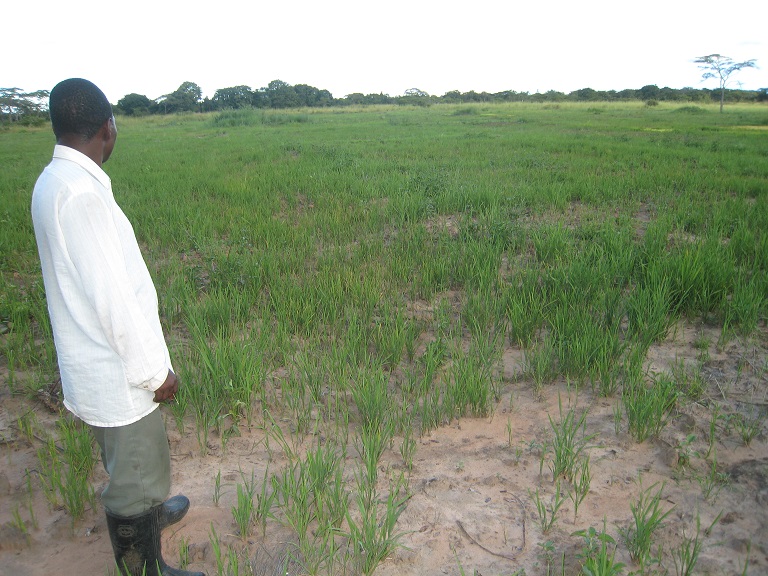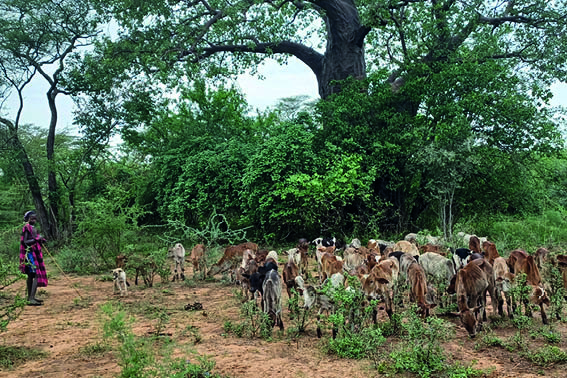Large-scale agro-investment and land formalisation on the development agenda for rural Africa
Since the early 2000s, development agencies/banks, and European and African governments have promoted allocating large tracts of land in rural Africa to foreign and domestic investors for large-scale agricultural production. Expected developments include employment, transfer of technical skills, improved food security and poverty reduction. At the same time, insecure land access for small farmers has become one of the biggest concerns associated with this land rush. Thus, simultaneously, formalising land by identifying and mapping community borders has seen a revival on the development agenda and become a mainstream ’solution’ to protect rural communities against losing land to investors, building on the assumption that if communities’ land rights are not formalised, they risk losing land and/or do not benefit (as expected) from land deals.

